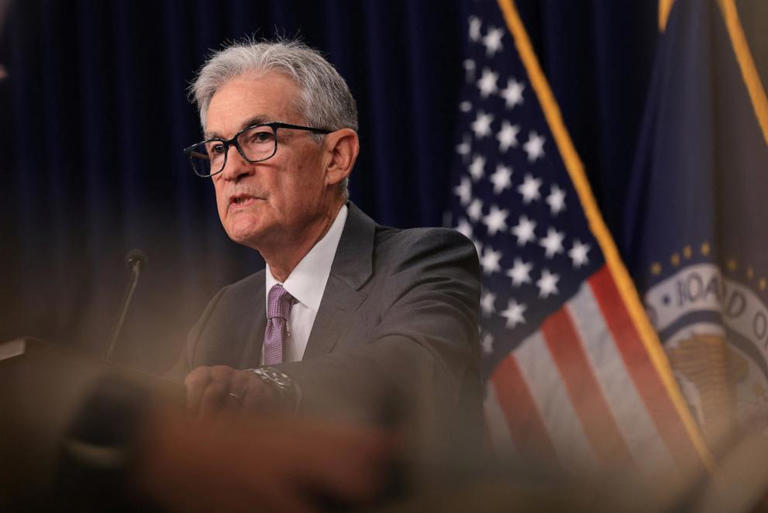In July, consumer prices increased by 2.9% compared to the previous year, signaling a continued cooling in inflation, which has been slowing for five consecutive months. This latest inflation data not only outperformed economists’ expectations but also marked the lowest inflation rate since 2021. Despite this improvement, inflation still remains a full percentage point higher than the Federal Reserve’s target rate of 2%, reflecting ongoing economic challenges.
The gradual decline in inflation follows a period of significant price surges that began earlier this year, with inflation peaking at over 9%. The recent cooling in price increases is a positive sign for consumers who have been burdened by several years of elevated costs. However, it’s important to note that consumer prices are still roughly 20% higher than they were three years ago, indicating that while inflation is easing, it has left a lasting impact on household budgets.
In July, some household staples saw prices rising more slowly than overall inflation. For example, food prices increased by 2.2% compared to the previous year, and energy prices rose by a modest 1.1%, according to data from the U.S. Bureau of Labor Statistics. On the other hand, the prices of essential items such as rice, flour, and fish actually fell during this period. However, not all goods followed this trend, as the price of eggs, for instance, surged by 19% over the same timeframe.
The release of this inflation data coincided with a period of heightened market volatility, driven in part by growing concerns over the possibility of a “soft landing” for the U.S. economy. A soft landing would involve the economy returning to normal levels of inflation without falling into a recession. However, recent market unrest was exacerbated by a weaker-than-expected jobs report, which suggested that the economy might be slowing down more quickly than anticipated.
Since last year, the Federal Reserve has maintained interest rates at their highest level in over two decades to combat inflation. These high borrowing costs have helped to slow down economic activity and bring inflation under control, but they also carry the risk of tipping the economy into a recession. The ongoing debate now centers on whether the Fed will implement an interest rate cut at its upcoming September meeting, with market sentiment indicating that such a move is almost certain. Observers are divided on whether the Fed will opt for its typical quarter-point cut or a more substantial half-point reduction.
Federal Reserve Chair Jerome Powell recently highlighted the Fed’s dual mandate to control inflation and maximize employment. Traditionally, low interest rates are used to stimulate economic activity and boost employment, while high interest rates are employed to cool down the economy and reduce inflation. Powell acknowledged that while the focus has largely been on curbing inflation, the recent improvement in inflation rates, combined with signs of a cooling labor market, has prompted the Fed to pay closer attention to its employment mandate.
During a meeting of The Economic Club of Washington, D.C., Powell noted that the balance between controlling inflation and maintaining employment has improved. He suggested that if the labor market were to weaken unexpectedly, the Fed might consider adjusting its policies to support employment. This shift in focus reflects the complex decisions the Fed faces as it navigates the delicate balance between sustaining economic growth and keeping inflation in check.
The weaker-than-expected jobs report released earlier this month seems to align with Powell’s concerns about a potential slowdown in the labor market. Speaking at a press conference in Washington, D.C., in late July, Powell indicated that the Fed could consider reducing interest rates in September, depending on how the economy performs in the coming weeks. While no decisions have been made yet regarding future meetings, Powell emphasized that the Fed is getting closer to the point where it may begin to lower its policy rate, though it has not reached that stage just yet.
As the Federal Reserve continues to monitor economic indicators and weigh its options, the upcoming September meeting will be closely watched by markets and policymakers alike. The outcome of this meeting will likely have significant implications for the direction of the U.S. economy in the months ahead.
